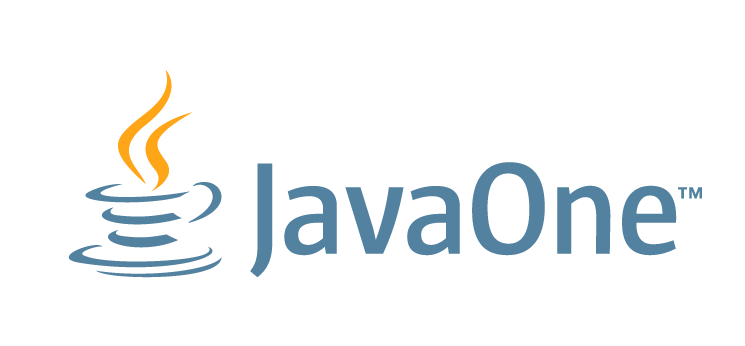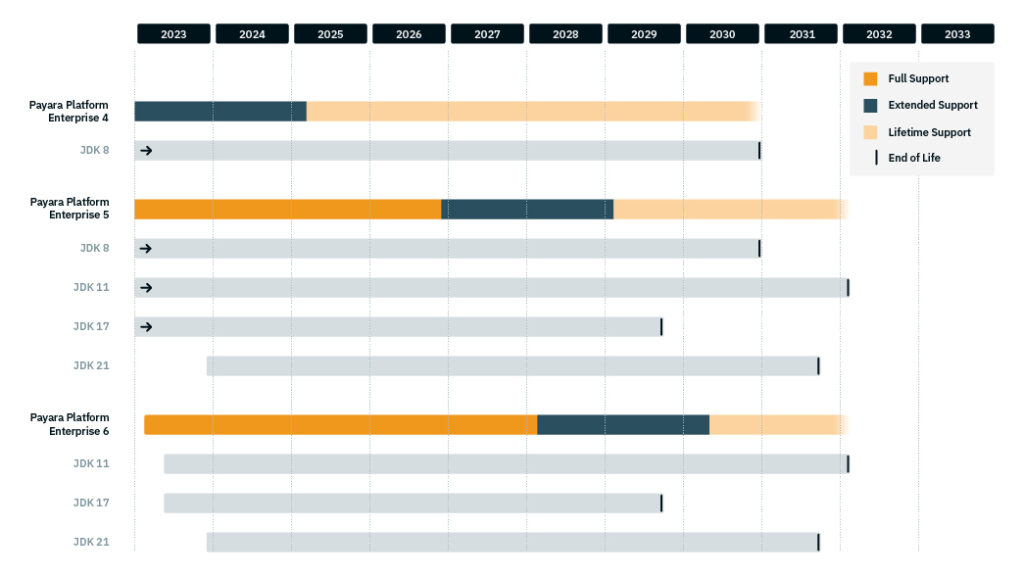 3 minutes
3 minutes
End-of-Life Technology: How to Drive Innovation Without Compromising Stability
When legacy systems approach end-of-life (EOL), enterprise IT teams typically face the choice of moving forward at all costs […]

Didn’t get a chance to attend JavaOne 2017 earlier this month? You can now watch some of the conference talks online! See below for our selection of the most interesting and useful presentations about Java EE.
All JavaOne 2017 recorded talks can be found on the Oracle Java YouTube channel.
This session presents an overview of the recent release of the Java EE 8 platform. Topics covered include the new JSON Binding API, updates to the JSON Processing API, the JAX-RS reactive client API, JAX-RS support for server-sent events, HTTP/2 support in Servlet, the new Java EE Security API, and new features in Bean Validation and CDI.
How fast is a deployment? What is the minimum size of a Java EE thin WAR? What are the RAM requirements of application servers? What is the out-of-the-box performance? How many transactions per second are achievable? What is the performance penalty of EJB/CDI/JPA and so on? What is the overhead of a transaction? Is Java EE lightweight enough to run in clouds? How big (in terms of disk size) are application servers? This session asks as many heretical questions about Java EE & Co. as possible. Come to answer them together, with plain numbers and code. Heretical questions are highly welcome!
This session is a fast-paced tour of the many options available for running Java EE applications in the cloud. It covers bare metal IaaS options such as AWS; PaaS options that provide native support for Java EE, such as Oracle Java Cloud Service/BlueMix; and everything in between. It also discusses how to deploy Dockerized Java EE applications to options such as Jelastic as well as running Java EE applications by using fat-jar solutions such as WildFly Swarm on bare JVM-based platforms such as Heroku. The presentation includes plenty of code examples and demos along the way.
Java Servlets have been around for longer than Java EE, or even J2EE. This session from the co–spec leads surveys the new features in Servlet 4.0 and puts them in the context of their usefulness in a contemporary microservices-style architecture. Features covered include:
The session examines these features in light of current application development trends, such as containerization, continuous delivery, 12-factor apps, and adapting legacy apps to take advantage of cloud-native technologies.
Share:
 3 minutes
3 minutes
When legacy systems approach end-of-life (EOL), enterprise IT teams typically face the choice of moving forward at all costs […]
 4 minutes
4 minutes
Keeping an application server running smoothly isn’t so much about new features, but more about predictability and consistency. Software […]
 5 minutes
5 minutes
At Devoxx Belgium 2025, I was able to talk about what happens after you build your container. In theory, […]